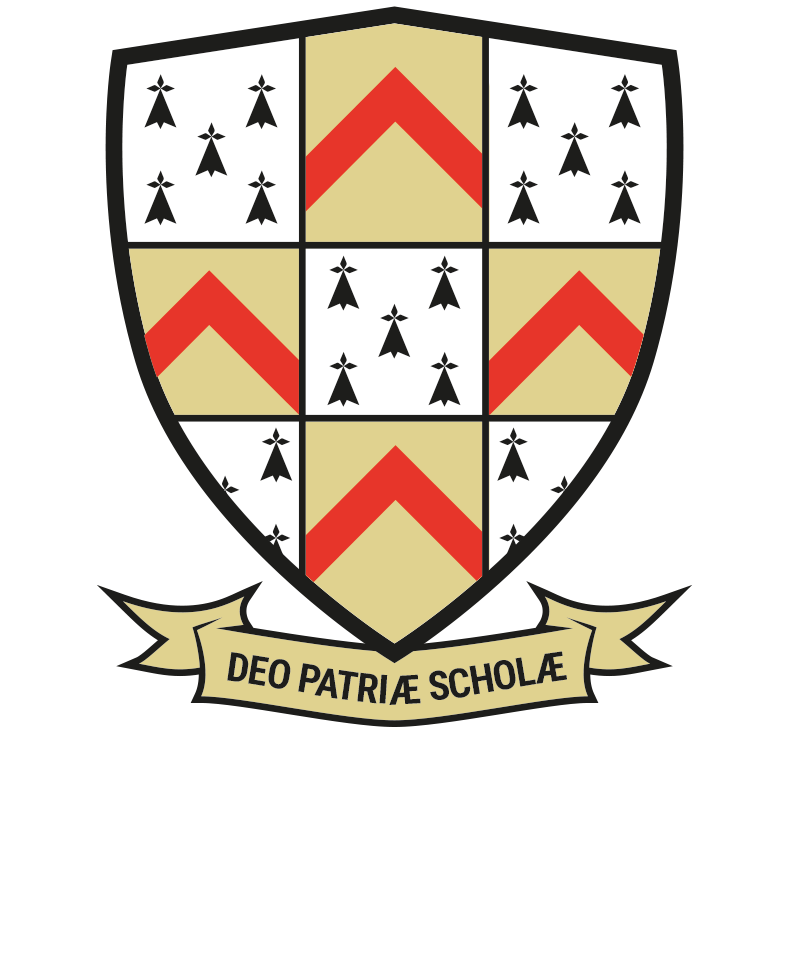Our History
Not many comprehensive schools can say they are over half a millennium old, but we can.
The First school (1495 - 1577)
King Edward VI School, Lichfield was named after the 16th century boy King who valued education, but the school's long history stretches back before even then. The first date we can draw on is 3rd November 1495 when statutes were drawn up to formalise the provision of education which took place in the Chapel at St John's Hospital.
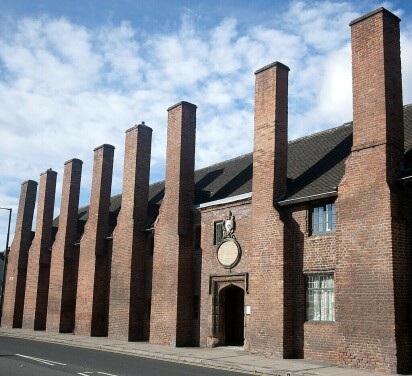
The Second School (1577 - 1849)
In 1577 the school moved to a building over the road which had been purchased by wealthy citizens and donated for the purposes of being used as a free grammar school for boys.
the third school (1849 - 1903)
By the mid 1800s this building was falling into ruin so with the help of the Conduit Trust, it was demolished and replaced with a new building, housing a large school room and a smaller room which could be used as a classroom or a dormitory. This structure with its splendid hammer beam roof can still be seen today in its role as the Lichfield District Council Chamber.
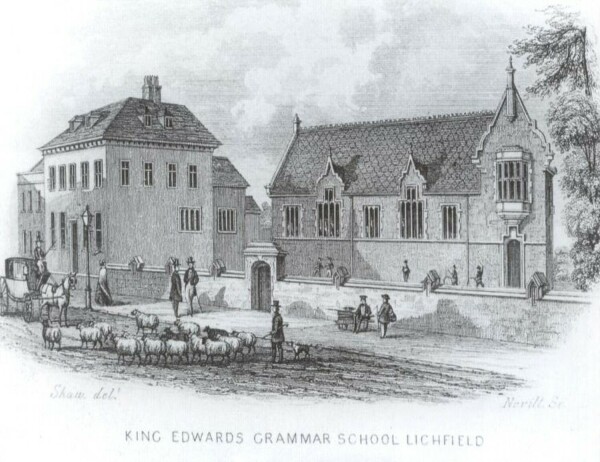
The Fourth School (1903 onwards)
In 1903 the school opened in its 4th and current location in Upper St John Street - on land purchased by the Conduit Trust at Borrowcop. It grew in size and by 1953 it had a boarding facility in Maple Hayes (now a school for dyslexic pupils) with pupils cycling the 2 miles to and from school. This facility closed in the 1980s.
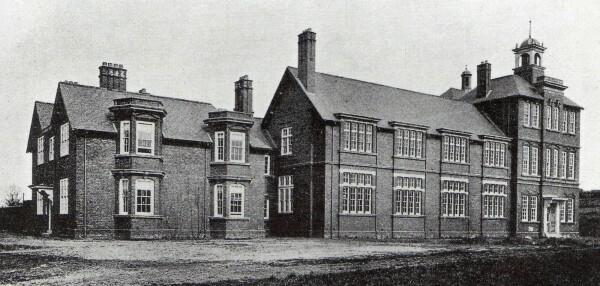
Kings Hill Secondary modern school
It was still a grammar school for boys only, but all that changed in 1971 when the school amalgamated with the mixed Kings Hill Secondary Modern School on the adjacent site. This marriage of two good schools saw the school become much bigger and we are lucky today to continue to enjoy such lovely green spaces for recreation and sport. When Kings Hill Secondary Modern School was opened, contemporary heroes were invited to the ceremony but only Douglas Bader, fighter pilot of the 2nd World War, was able to attend. It was fitting therefore that when the school merged with the grammar school, he came to close it and the building still bears his name. The former grammar school buildings became Johnson, after the former pupil and son of Lichfield who compiled the first English dictionary.
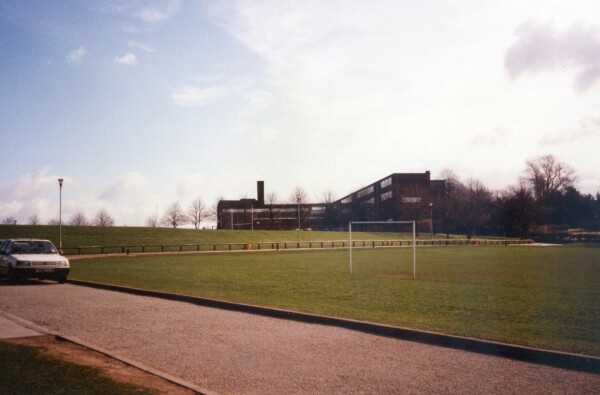
Our Houses
Our Houses also recognise our long history and famous names. Addison is named after Joseph Addison, the essayist born in 1672. Garrick is for David Garrick, the playwright and Darwin is for Erasmus Darwin, a physician, inventor, poet and botanist and one of the earliest members of the Lunar Society. He was also the grandfather of Charles Darwin. Our final House is Clinton named after Bishop Clinton from the 12th century who built the priory dedicated to St John where the school was first housed.
Quincentenary
The school’s Quincentenary in 1995 was marked with the building of Q block for Maths and Religious Studies and the Leisure Centre was also built around this time on land which had previously been the school’s garden. Recent years have seen more additions: a new music block with green roof and the Y block for the Sixth Form.
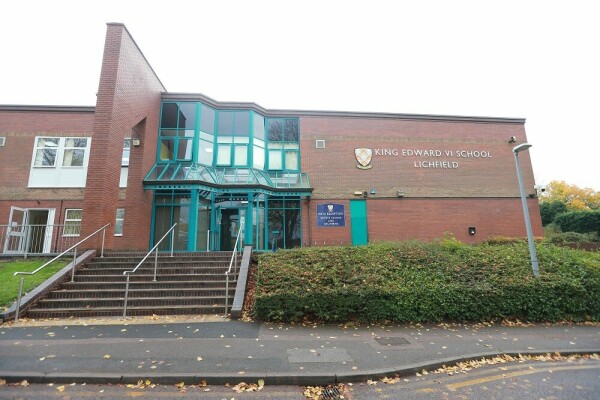
Photo of the sports centre, with steps leading up to the glass entrance
21st Century
Some buildings have gone to make way for newer structures: the mobiles at Johnson were replaced with a new science block and the swimming pool at Bader has been replaced with a courtyard with access to a new History block around the edge of the gym. The Bader canteen has also been extended to accommodate our growing numbers.

Present day
Throughout this long history, the school has seen many upheavals, including wars and more recently the Covid19 pandemic... but it has survived. As we move forwards we aim to take the best of our past with us, and these qualities of resilience and team work still underpin our values.

